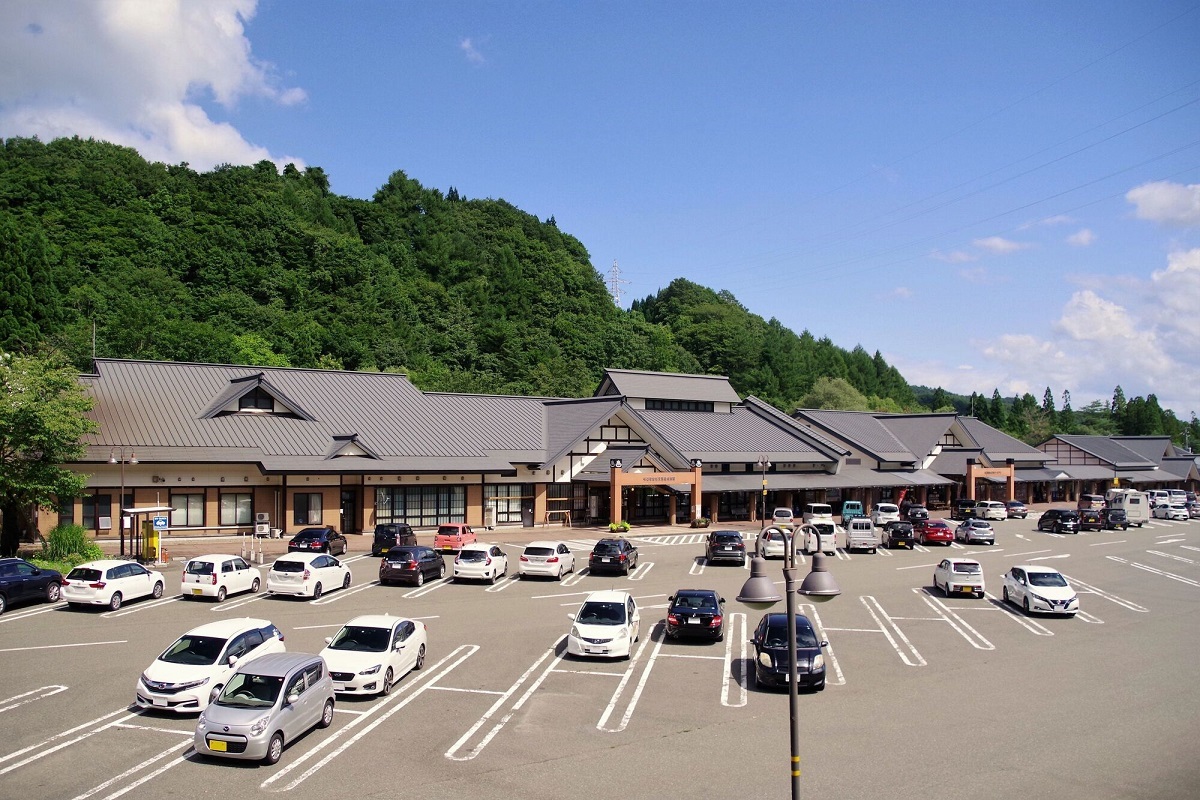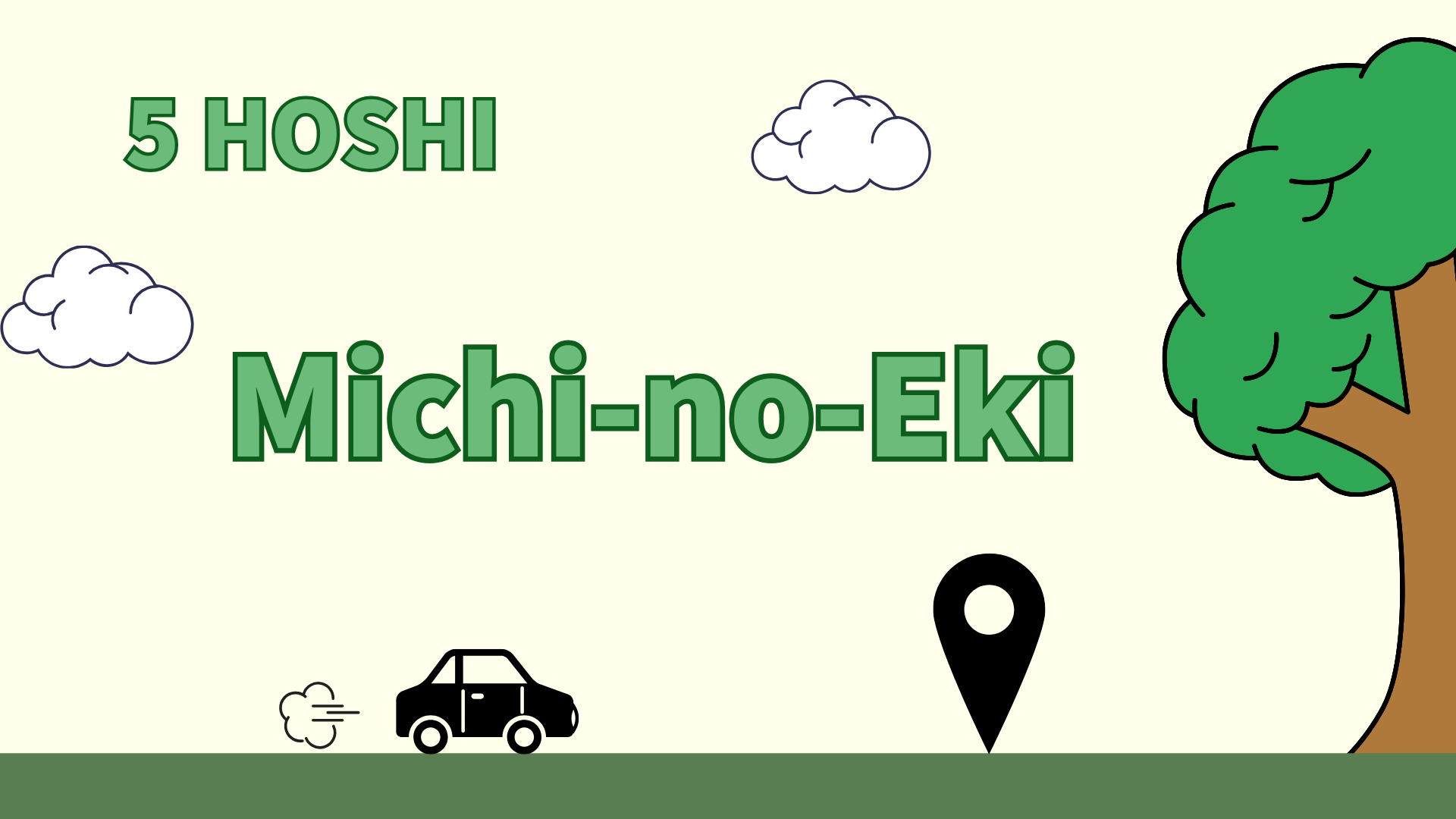We strongly want to stop the decline of rural areas.
While the population of Tokyo is increasing, the population of Hamamatsu is decreasing.
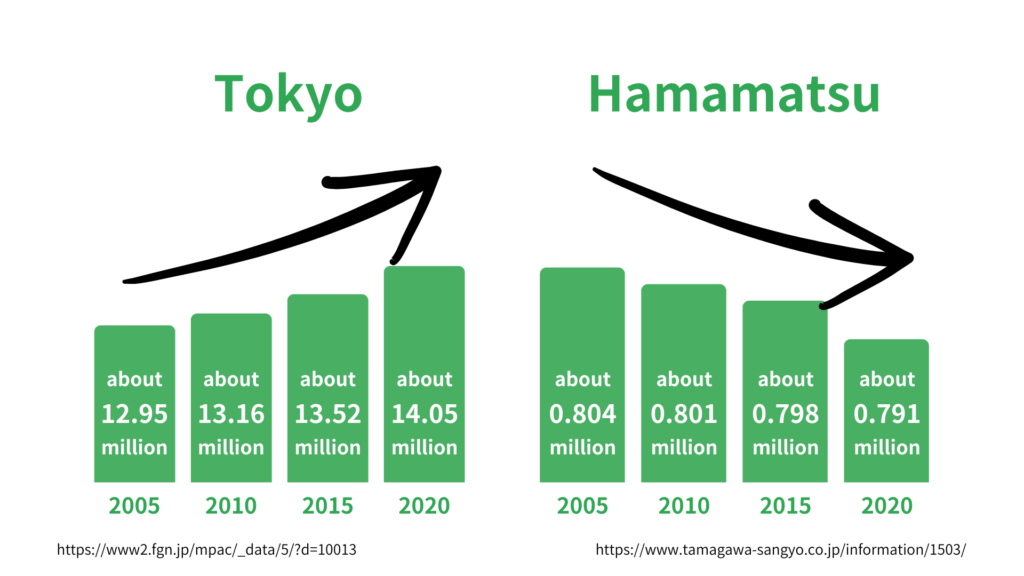
This problem is not only in Japan.
As the decline of rural areas worsens, the following problems will arise that will hinder the realization of a sustainable society.
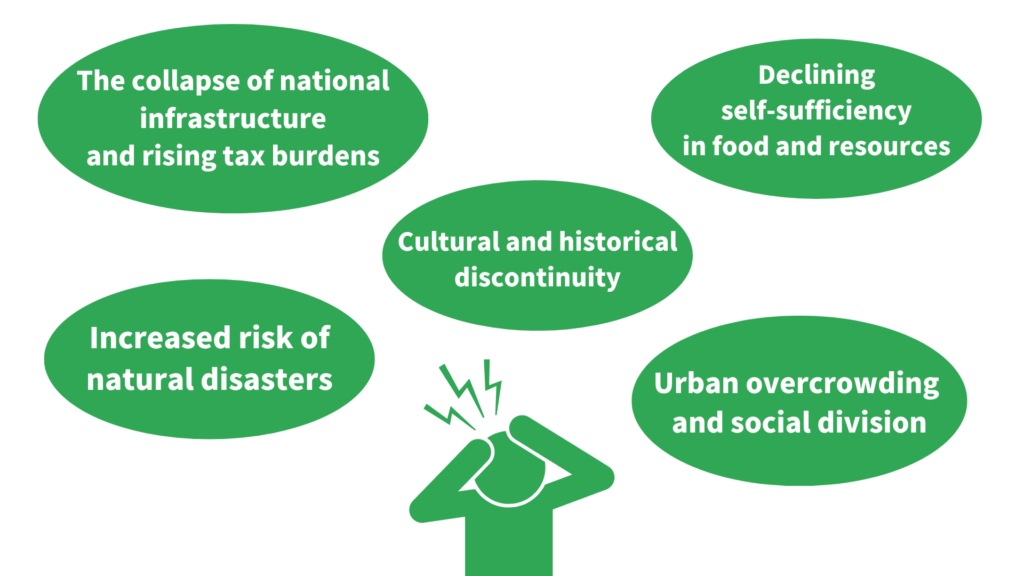
Preventing rural decline is the first step toward building a sustainable society.
That is why we need to revitalize local communities now.
One way to do this is through “Michi-no-Eki” (roadside stations).
We visited eight Michi-no-Eki, studied them, and looked for simple steps anyone can take to help local areas grow.
What is “Michi-no-Eki”?
The first Michi-no-Eki was built in 1993, and now there are about 1,230 across Japan.
They were created because people wanted places along roads where they could rest, like train stations, with facilities such as toilets.
According to Japan’s Ministry of Land, Infrastructure, Transport and Tourism (MLIT), Michi-no-Eki have three main functions:
1. Resting spots
There are restrooms and rest areas available for free all day that did not exist initially.
2. Providing information
They provide visitors with information about road, region and emergency medical services
3. Connecting with the local community
They provide spaces which are connected with the local communities, such as cultural and educational facilities and tourism and recreation facilities.
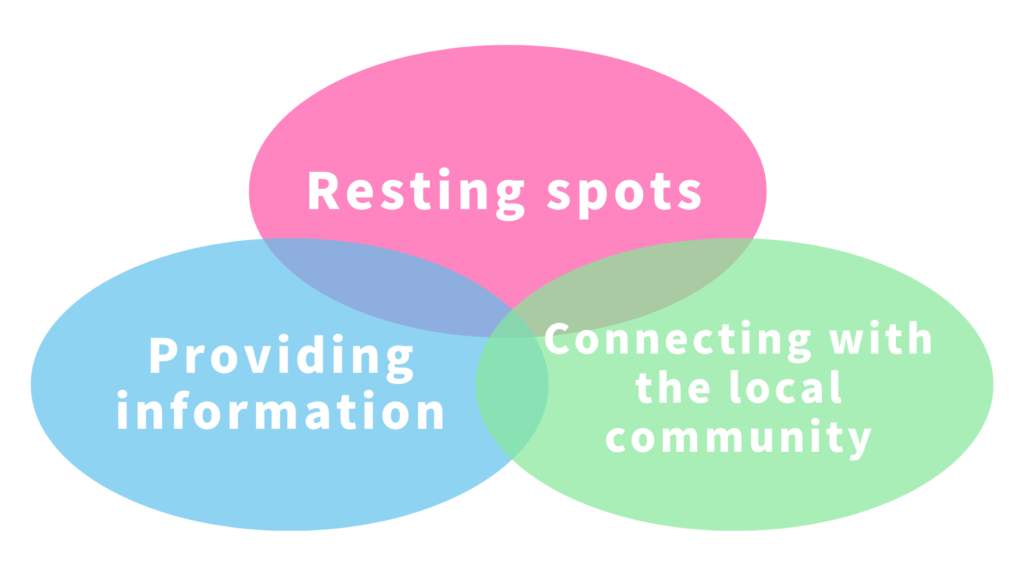
In 2013, the 20th anniversary since Michi-no-Eki were established, Michi-no-Eki played an important role as the place of regional revitalization and the place for disaster prevention, and after that the function was added as the role of development of the town.
MLIT aims to make Michi-no-Eki a hub for “regional development and tourism” by 2025 and achieve the state shown in the figure below.
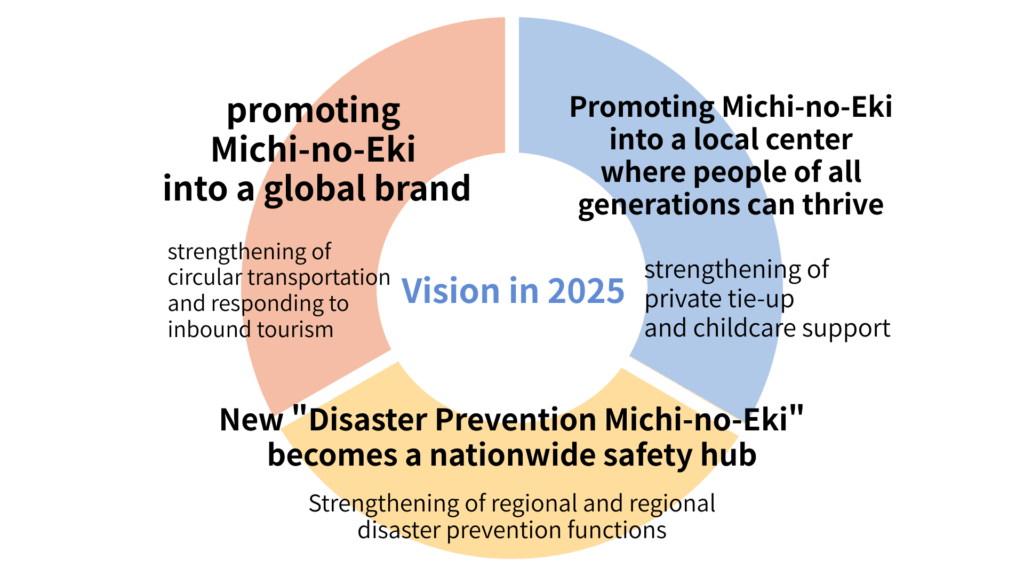
While there are challenges like lack of staff, costs, and location issues, each station works to provide services suited to its region and reach this goal.
Michi-no-Eki have changed from a simple roadside rest area into a base that supports local growth.
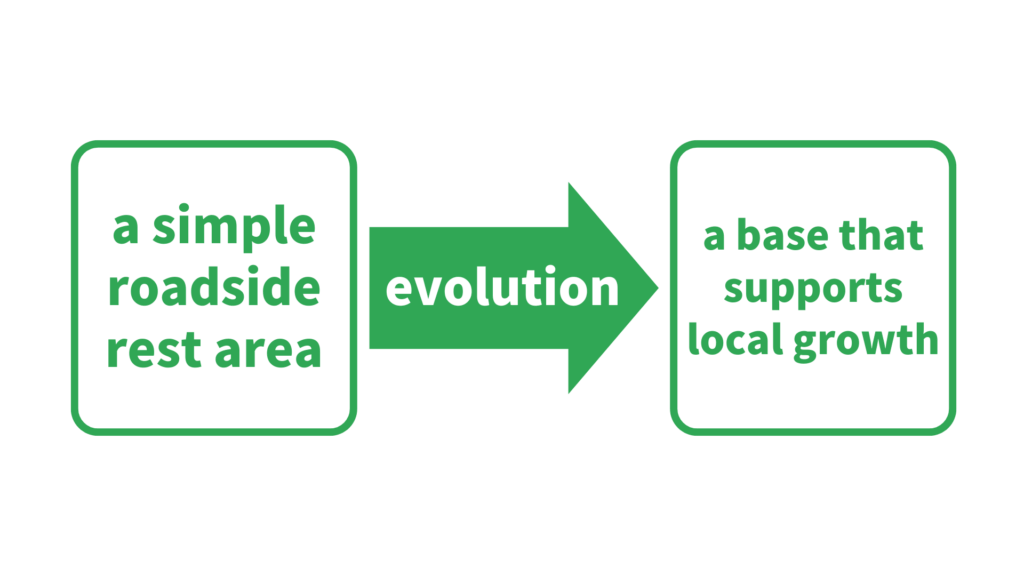
Michi-no-Eki overseas
These stations also exist overseas, sometimes built with Japan’s help.
In some countries, they are inspired by the Japanese system, and in places like Thailand, Indonesia, Mozambique, and Paraguay, Japan helped build them directly.
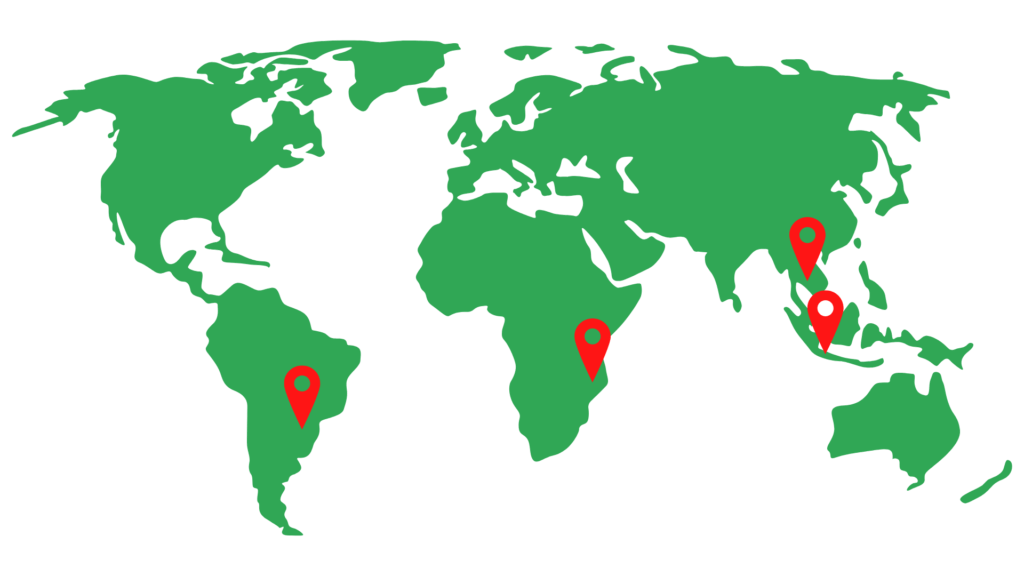
In these countries, they are sometimes called “michinoeki”.
The main goal of these overseas stations is to improve the income of local farmers.
Mr. Fumio Kato, who helped establish one in Vietnam, says that most of these stations were created because local communities asked for them.

Michi-no-Eki are now recognized internationally as places that support local development.
The relationship between “Michi-no-Eki” and “regional revitalization”
So, how do Michi-no-Eki help local communities grow?
Since many people from inside and outside the prefecture visit them, they can:

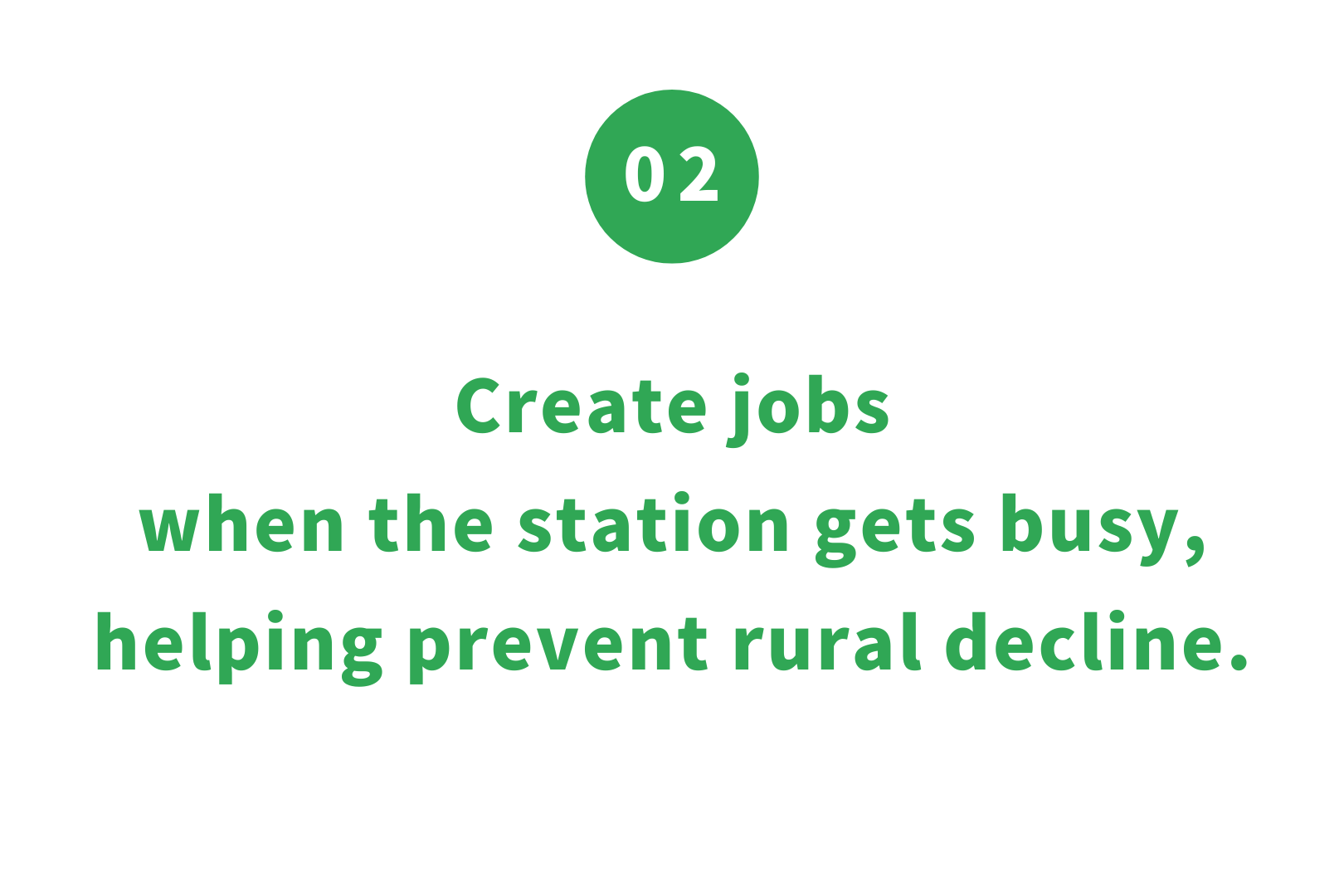
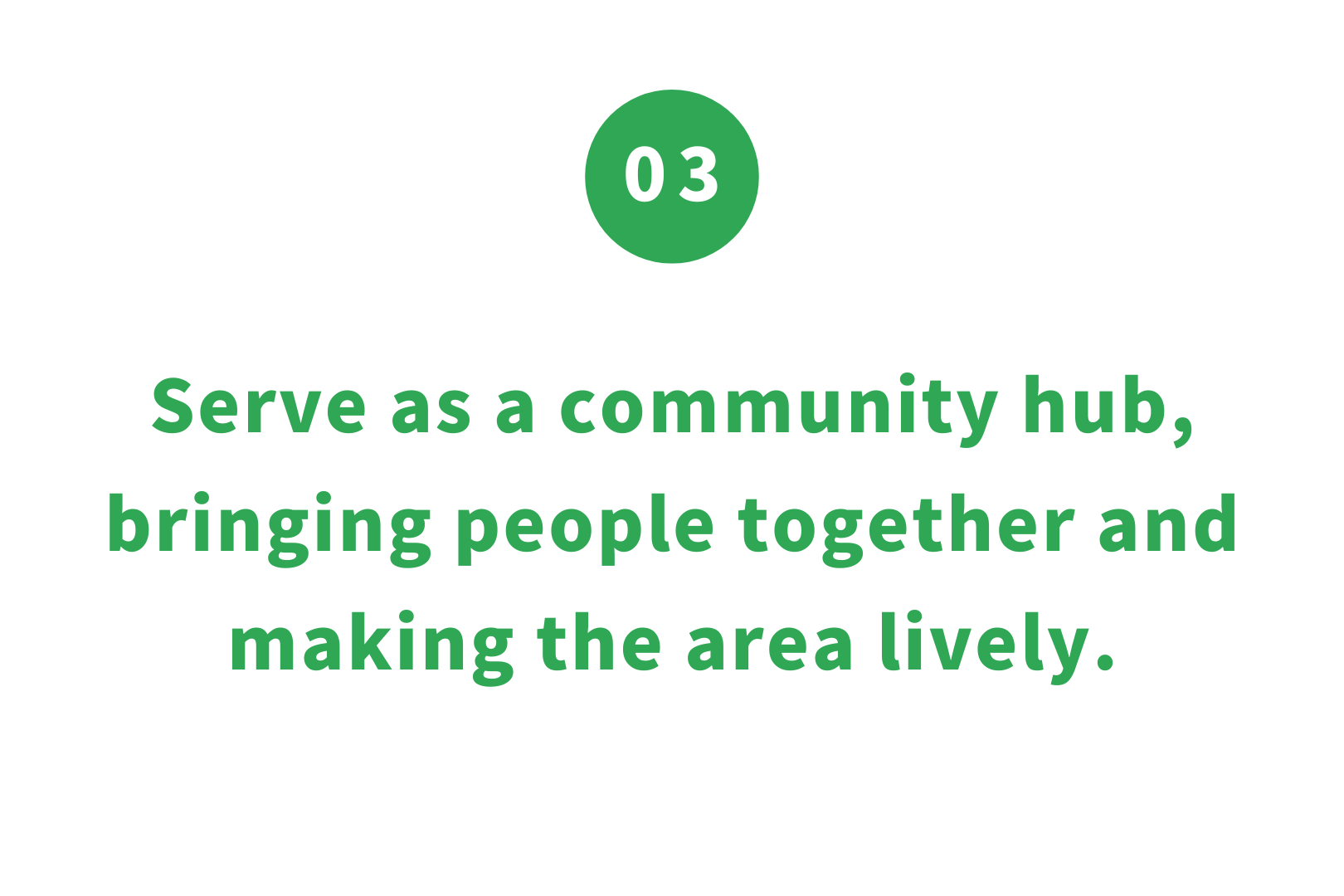
Our proposal
From our research, we suggest “three simple steps anyone can take to support local growth”:

First, take time to understand the community.
Second, enjoy local products and join in local activities.
Third, spread the word by telling others about your experiences.
Start with these three small steps.
The next challenge is to think about how you can “personally get involved” in local revitalization.
Why not try these steps at a Michi-no-Eki near you?
Those who cooperated with the interview
Mr. Fumio Kato

(Photo: Taken by 5Hoshi students; permission to use obtained)


Roadside Station: Kunma Waterwheel Village

Roadside Station: Tenryu Aizu Hanamomo Village

Roadside Station: Ippukudokoro Yokokawa
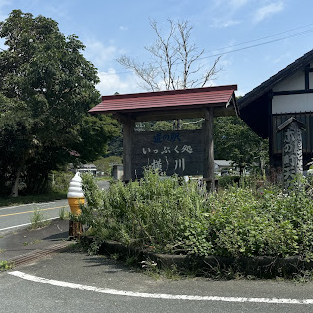

Roadside Station: Kaze no Marche

Roadside Station: Asagiri Kogen

References
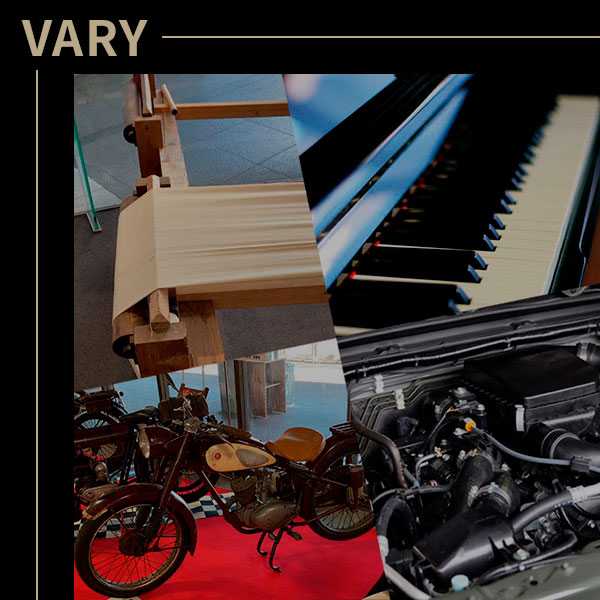
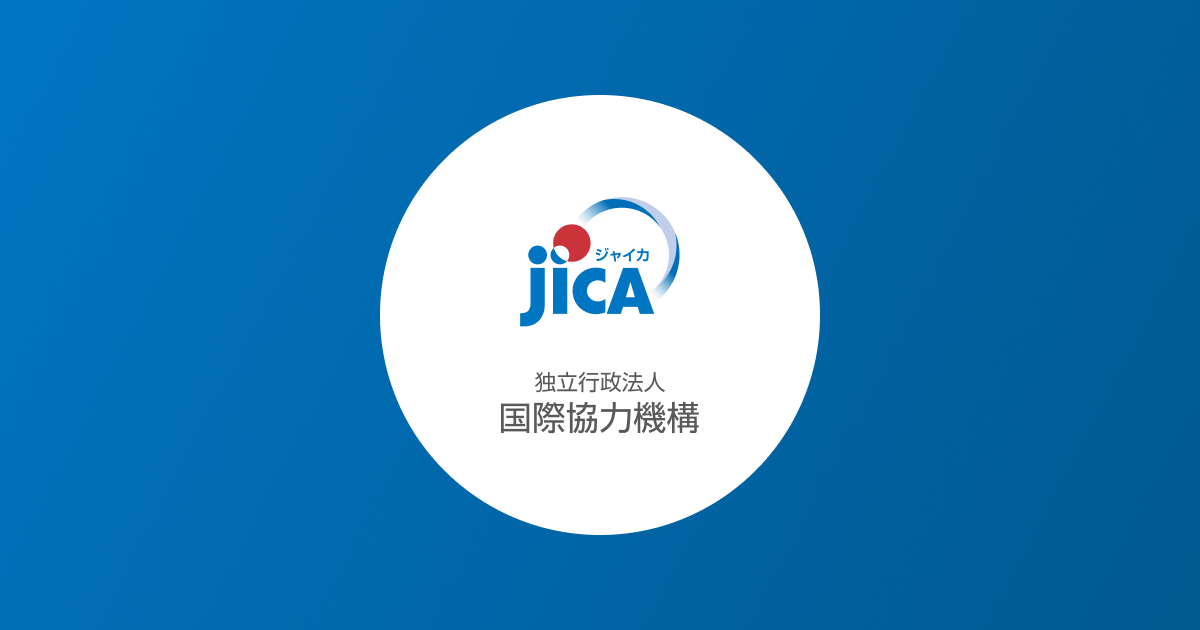
https://www.jica.go.jp/overseas/paraguay/activities/immigrant/n_files/Yguazu.pdf
https://www.mlit.go.jp/road/ir/ir-council/shin-michi-no-eki/pdf03/05.pdf
https://www.mlit.go.jp/policy/shingikai/content/001317298.pdf
https://www.mlit.go.jp/road/ir/ir-council/michi-no-eki_third-stage/pdf08/06.pdf
https://www.hido.or.jp/wp-content/uploads/2023/09/2309michinoeki_30th.pdf
